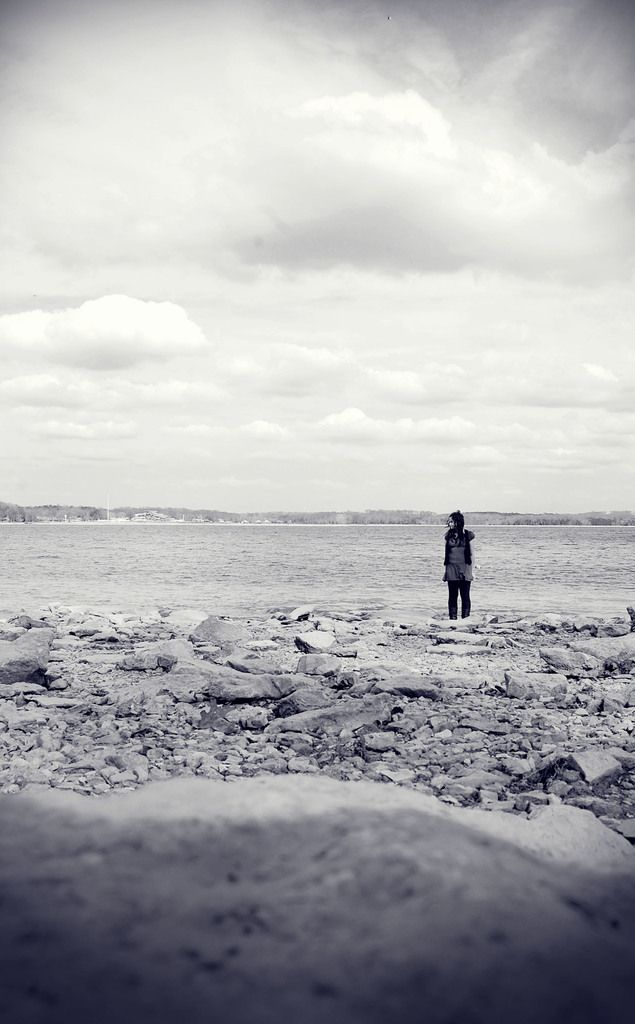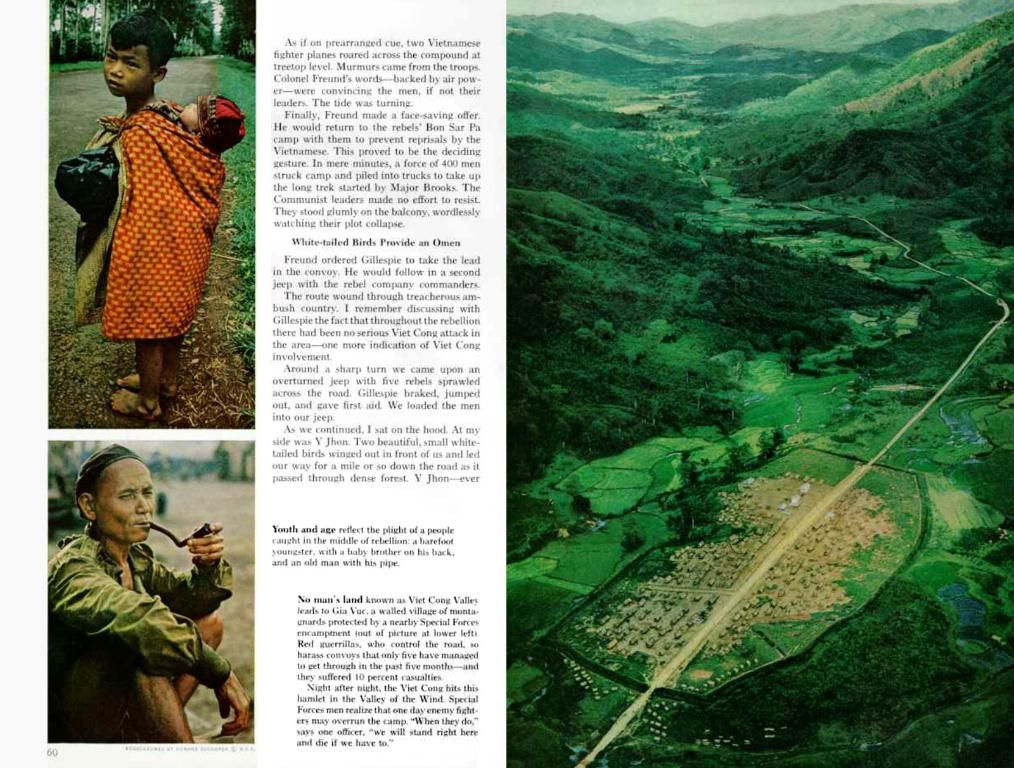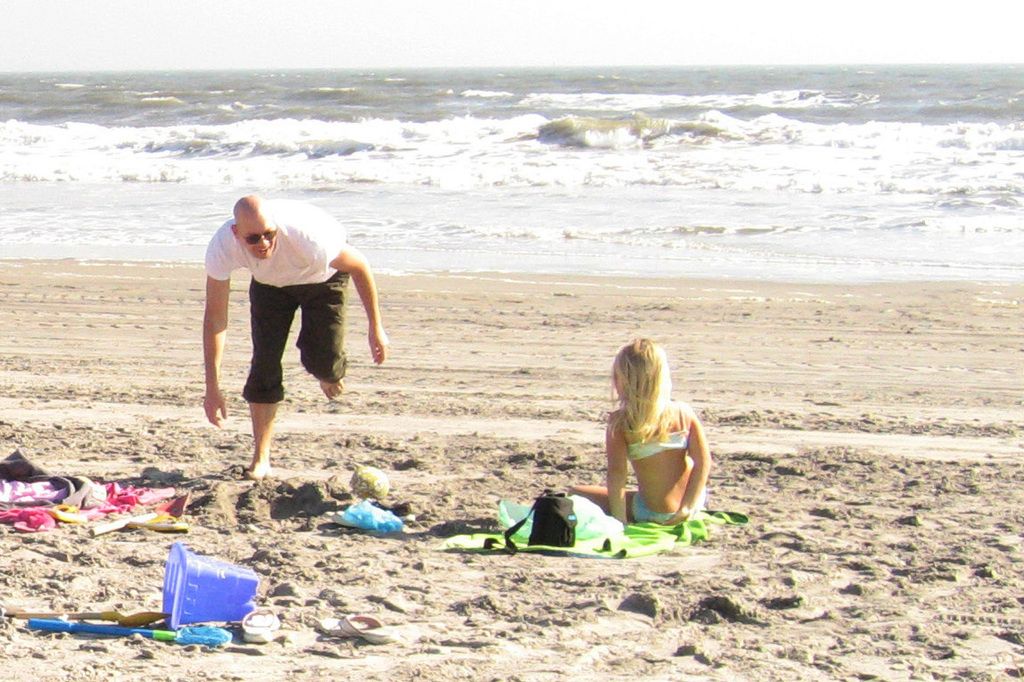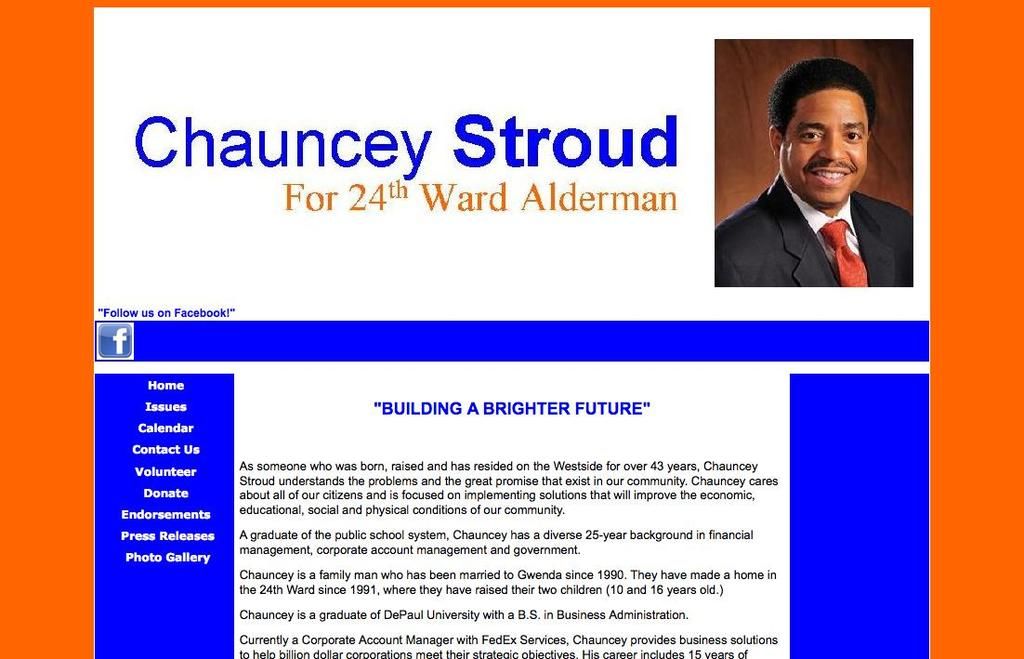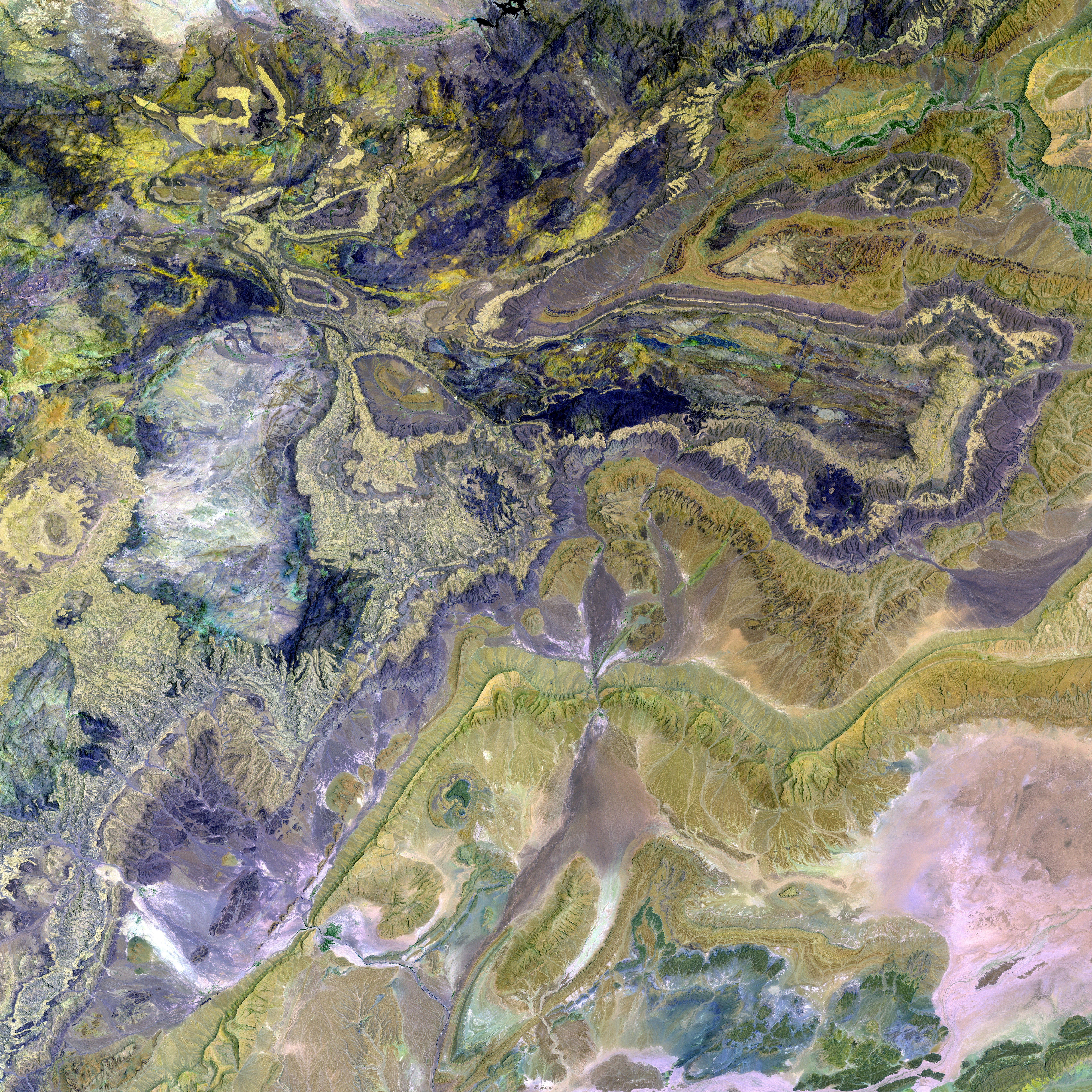Living Up High: The Green Revolution of Urban Skyscrapers
Turning Rooftops Green
Energy-Efficient Green Rooftops for Business Structures
Get ready for a transformation in the concrete jungle! The green roof system, also known as vegetative or living roofs, is taking the urban landscape by storm. These ecological marvels are more than just a pretty face for buildings; they bring a host of environmental, economic, and social benefits to commercial developments. Buckle up as we explore the power and advantages that these rooftop greenspaces bring!
It's Not Just About Looking Good
The Three Types of Green Roof Systems
- Extensive: Comprising minimal depth soil layers, easy upkeep, and low vegetation plants, extensive green roofs are the most popular choice for urban commercial building owners.
- Intensive: Heavier in system mass, with deeper soil layers, intensive green roofs allow for larger vegetation, including small tree species, and a broad variety of plants and shrubs.
- Hybrid: A combination of both extensive and intensive green roof systems, the hybrid option offers a medium weight system with moderate maintenance requirements.
The Perks of Going Green
Environmental Benefits Galore
- Reducing the Urban Heat Island Effect: By absorbing heat and retaining it through insulation, green roofs help reduce urban temperatures and combat the infamous Urban Heat Island effect.
- Relief from Air Pollution: Not only do these green oases absorb harmful airborne pollutants, but they also filter out particulate matter, improving air quality in densely populated areas.[1][2][3]
- Stormwater Management: Green roofs' ability to retain and absorb rainwater means less strain on urban drainage systems, helping prevent flooding and water pollution during heavy downpours.
Energy Efficiency on Tap
- Save Big Bucks on Energy: Green roofs act as natural insulators, saving commercial buildings a pretty penny on heating in winter and cooling in summer. In some cases, cooling needs can be reduced by as much as 75%, and heating costs lowered by up to 50%.[4][5]
- A Lengthier Roof Life: By protecting the roof's waterproof membrane from UV rays, temperature fluctuations, and physical damage, green roofs can double its lifespan.[5]
- Property Value Boost: Upgraded green prettiness means a boost in property values and increased rental rates for buildings graced with these living roofs.[5]
Take a Breather: Mental Health Matters
- Happier, Healthier Employees: The serene atmosphere provided by green roofs enhances the mental well-being and productivity of workers, especially those in urban settings.
- Creating Urban Biodiversity: Green roofs give birds and bees a place to nest and pollinate, increasing biodiversity within the city.
The Business Side of Green
Leaders in the Green Roof Revolution
Enter Analytika, the know-how and technological solution helping businesses design, execute, and maintain effective green roofing systems. Analytika's solutions include preparation and viability analysis, energy tracking, stormwater management insights, optimization of maintenance, and integration with renewable energy systems.
Balancing the Cost versus Benefit Equation
The cost of installing a green roof system might seem steep, but the long-term savings in energy and extended roof lifespan mean these initial costs are more than recuperated over time.[6]
Adapting to Changing Needs and Climates
Green roofs are evolving to meet the challenges of advanced technologies, climate change, and resilience. We're looking at the integration of sensors and smart IoT devices for monitoring moisture levels, plant health, and performance, as well as modular green roof modules for flexible and prefabricated green roof installation.
A Green Future for Urban Development
Investing in green roof systems is no longer just an eco-conscious choice; it's an investment in the future of generations to come. Make those urban developments sustainable, energy-efficient, and beautiful with green roof systems – welcome to the era of greener skylines!
Footnotes
[1] BREEAM (Building Research Establishment’s Environmental Assessment Method): https://www.breeam.com/[2] The Guardian, "Green Roofs on Building Might Cool Cities in Hot Weather": https://www.theguardian.com/environment/2018/sep/10/green-roofs-on-buildings-might-cool-cities-in-hot-weather[3] Environmental Protection Agency, "Benefits of Green Infrastructure": https://www.epa.gov/green-infrastructure/benefits-green-infrastructure[4] The International Green Roof Association, "Green Roof Benefits": https://www.greenroofs.org/green-roof-benefits.aspx[5] US Environmental Protection Agency, "The Benefits of Green Infrastructure": https://www.epa.gov/green-infrastructure/benefits-green-infrastructure[6] Buildings, "Green Roofs 101: Return on Investment, Green Roof Life Cycle Cost": https://www.buildings.com/green-roofs/green-roof-101-return-on-investment-green-roof-life-cycle-cost
- Predictive analytics in urban planning and development can help forecast the success of green roof systems, tailoring designs to specific industries like environmental science, finance, and technology.
- The ease of maintenance in extensive green roof systems makes them an attractive choice for industries focused on lifestyle, such as fashion-and-beauty, food-and-drink, and home-and-garden.
- Advanced analytical tools and simulations from industries like personal-finance and wealth-management can help businesses make informed decisions about the costs and benefits of implementing green roofs.
- Green roof systems can serve as innovative marketing strategies for companies in the business sector, promoting their commitment to environmental sustainability and corporate social responsibility.
- Green roof technology integration could revolutionize sustainable living in upscale residential neighborhoods and renowned localities, fostering a sustainable lifestyle and career development among architects, engineers, and urban planners.
- As more industries invest in green roofs, job opportunities in skills-training, construction, and maintenance can flourish, transforming the job-search landscape within the environmental-science and career-development sectors.
- In the realm of education-and-self-development, green roof systems can act as unique learning opportunities for students in environmental-science programs, providing real-life experiences and case studies for future professionals.
- Expanding green roof systems in urban areas can attract investment in eco-friendly alternatives within the food-and-drink industry, such as vertical farming and sustainable food production methods.
- The energy efficiency and reduced cooling costs provided by green roofs could make investing in renewable energy systems in the energy sector more cost-effective and attractive for businesses.
- Green roofs, synonymous with modern aesthetics, could inspire futuristic design elements in the fashion-and-beauty industry, incorporating natural textures and hues into clothing, accessories, and cosmetics.
- Energy-efficient and sustainable buildings equipped with green roofs can serve as desirable locations for sports events, enhancing spectators' comfort and preserving the environment at the same time.
- European leagues could promote sustainable practices by incorporating green roof systems in their stadiums, setting an example for other professional sports like American football, soccer, and the NFL.
- Green roof advocacy and awareness campaigns can foster collaboration between environmental organizations and local sports teams, creating opportunities for community engagement and fundraising events.
- Green roof initiatives present potential allyships within the education sector, allowing for partnerships between schools, colleges, and universities, and professional sports teams for student engagement, learning, and outreach programs.
- The implementation of green roof systems in communities demonstrates a commitment to sustainable urban development, positioning cities and metropolitan areas as environmental champions and catalysts for global change, impacting industries such as finance, technology, and real estate with long-term, eco-friendly growth opportunities.
